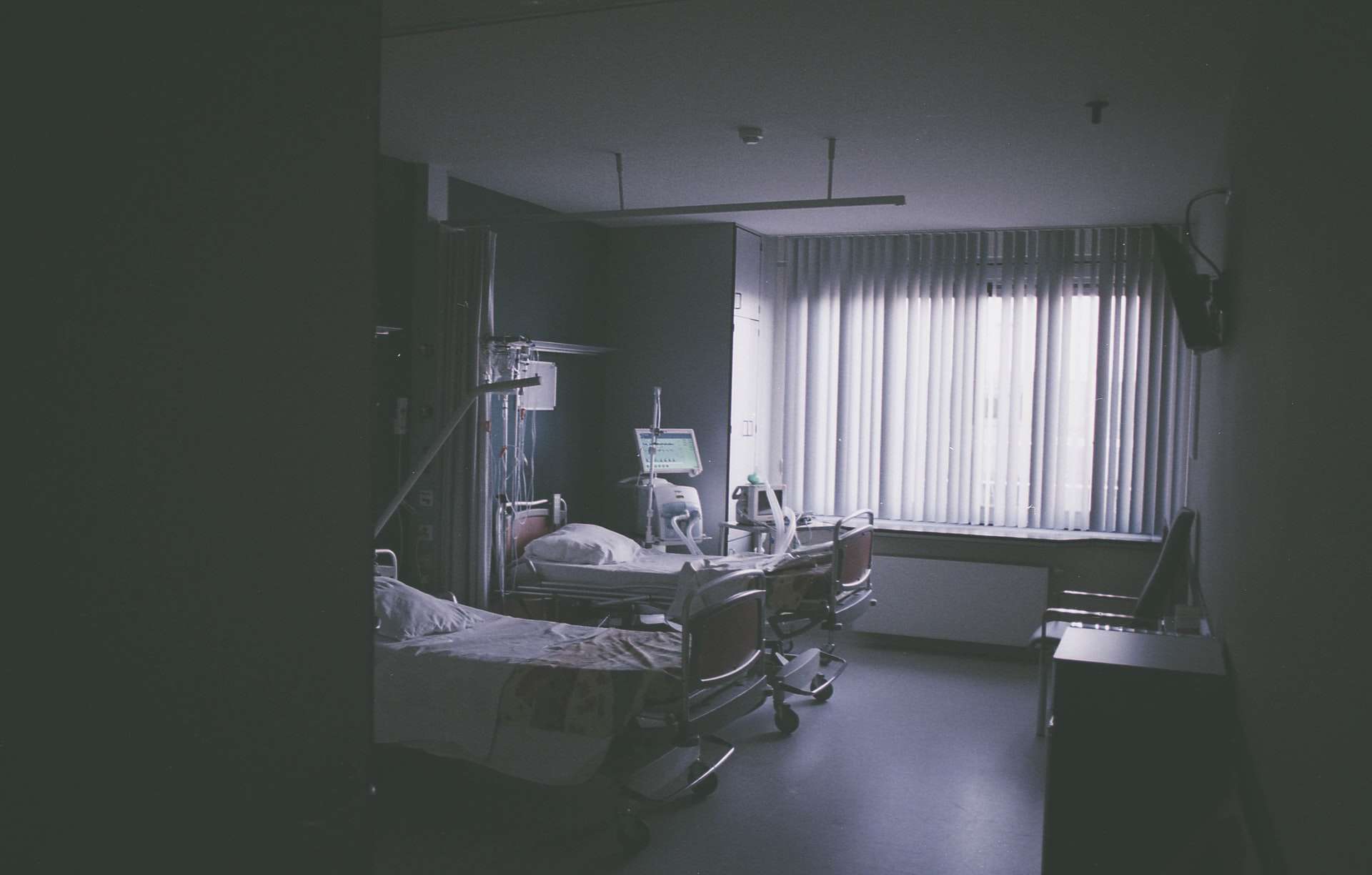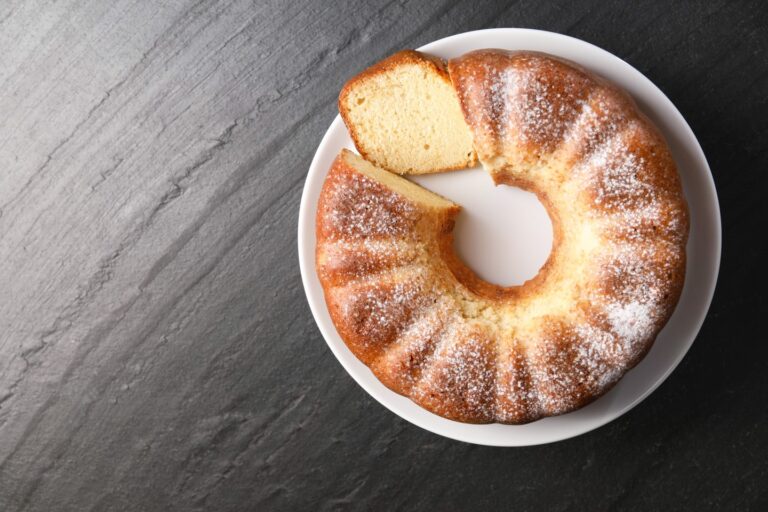
STOP Pressure Ulcer Day
19th November 2020 is a worldwide event to raise awareness of pressure ulcer prevention.
As a spinal injury claim specialist, I sadly see all too many instances of pressure sores developing and significantly impacting the lives of many of my spinally injured clients.
I am very passionate about ensuring that the quality of my clients’ lives and others in the SCI community is improved in any way possible. That is why I am taking an active part in “STOP Pressure Ulcer Day” to really stress the importance of prevention and early detection of pressure ulcers.
Advocating for better pressure ulcer prevention is a really important part of what we do at Bolt Burdon Kemp. Please read our Managing Partner’s blog commenting on the campaign previously run by the Association of Personal Injury Lawyers to prevent pressure sores.
It is also important to understand the wide reaching effect that pressure sores can have on people with spinal cord injuries, often significantly impeding their rehabilitation and touching every aspect of their lives and the lives of their families.
I have written this blog with this thought in mind and I hope you will find it helpful.
More on pressure sores
To learn more about pressure sores (also knowns as pressure ulcers or bed sores), how they develop and their grading, please read our previous blogs.
Prevention is better than cure
In my line of work, I have seen countless photos of nasty sacral (and other) pressure sores and heard stories highlighting the appalling lack of awareness, training and resources in some cases that have led to the development of some truly shocking pressure sores. This has really allowed me to understand the importance of getting it right and nipping it in the bud; prevention is so much better than cure when it comes to pressure ulcers. We know that majority of pressure sores are avoidable and this knowledge is not recent or modern. Florence Nightingale recognised in the 19th century that their development was closely linked with the quality of nursing. Her famous comment “if he has a bed sore it is generally not the fault of the disease but that of nursing” still rings true today.
Pressure sores and SCI
It is important to realise that people with spinal cord injuries are at an increased risk of developing a pressure sore. A recent systematic global review has shown that about one in three patients with spinal cord injury had pressure ulcers.
Pressures sores have wide reaching consequences for everyone who has experienced them but particularly so for those whose life has already been turned upside down by their spinal cord injury.
One of my clients quite aptly described his first encounter with a pressure sore and the effect it had on his life as a “total car crash” completely wiping out the benefits of early rehabilitation and delaying his long awaited discharge to a more independent life in his adopted property.
This sadly is not a singled out case and for many spinally injured people a pressure sore can dramatically and irreversibly affect the rest of their lives, their long term independence, their ability to resume and maintain employment and their mental well-being.
How to ensure effective prevention?
It goes without saying that prevention in terms of pressure ulcers is key especially because treatment of a pressure sore once developed can be more difficult and lengthy for someone who suffers from a spinal cord injury.
For prevention to happen education is key. Below you can find a list of risk factors for developing pressure sore, as set out in a really helpful training resource – REACT TO RED
- Pressure
- Shear
- Friction
- Mobility
- Sensory impairment
- Continence/moisture
- Level of consciousness
- Posture
- Previous pressure damage
- Age
- Nutrition/hydration
- Illness/disease
A significant number of these risk factors may apply to those with a SCI namely, mobility (reduced), sensory impairment, continence, posture, previous pressure damage and illness/disease. This last risk factor can be associated with one or more of the following conditions:-
- Parkinson’s disease
- Extremes of age
- Patients undergoing surgery
- Diabetes
- Heart failure
- Critically ill
- End of life
- Kidney failure
- Alzheimer’s/dementia
- Arthritis (rheumatoid or osteo)
- Parkinson’s disease
- Previous history of pressure ulcers
- Peripheral vascular disease
- Respiratory disease
- Spinal Cord Injury/Neurological Conditions (CVA/MS)
Please follow this link to see these risk factors associated with one or more of the above recognised trigger points.
In my experience, as well as education, regular training, sufficient staffing and financial resources are also key in stopping pressure sores. There is already lots of helpful guidance on prevention and management of pressure ulcers. I have listed the relevant NICE guidance below.
NICE guidance
Pressure ulcers: prevention and management Clinical guideline [CG179] Published date: April 2014
Pressure ulcers Quality standard [QS 89] Published date: June 2015
Helping to prevent pressure ulcers: A quick guide for registered managers of care homes
The Tissue Viability Society have very helpfully put together some great resources and learning materials on pressure sores prevention and management including some COVID-19 topical content. These resources can be found by accessing the link here.
Regular training of hospital and care home staff cannot be understated. According to Denise Nightingale, Chief Nurse for Bassetlaw Clinical Commissioning Group, introduction of “REACT TO RED” training into care homes has resulted in a 50% reduction of pressure sore incidence in her area.
It is also important to ensure that research into innovative ways of preventing and managing pressure sores can be undertaken. There are already some useful knowledge-sharing apps available (Help4Carers, React to Red).
Pressure sores – an acceptable risk?
For those with a SCI pressure sore prevention is a daily activity requiring regular changing of positions to relieve pressure and checks to spot any redness. For some this in an independent activity but for others, who are either in hospital or in the care of others, there will be a reliance upon others to assist with this task.
As detailed above the quality of care in this area will be impacted by training, staffing levels and financial resources. This past year has also presented the added complication of COVID-19 and whilst it is still too early to fully assess the extent of the impact that COVID-19 pandemic is likely to have on prevention and management of pressure ulcers in hospitals and care homes it would be naïve not to be seriously concerned about the long term impact the current situation will have on development and management of pressure sores.
For me, a pressure sore is not an acceptable risk that someone takes when they go to hospital or agree to be cared for by another. Whilst the impact of a pressure sore will differ from person to person the impact of a failure to prevent a pressure and the severity of this injury must not be underestimated or dismissed as an inconvenience. In the case of one of our clients, it resulted in him remaining as an inpatient in hospital for 7 years; something most of us would find unfathomable. A pressure sore is painful; it is debilitating; it can be life-changing but, to end on a positive not – it is preventable.










